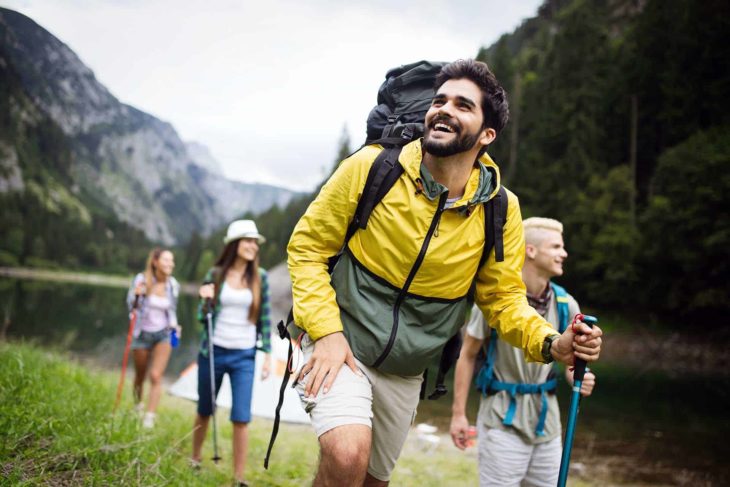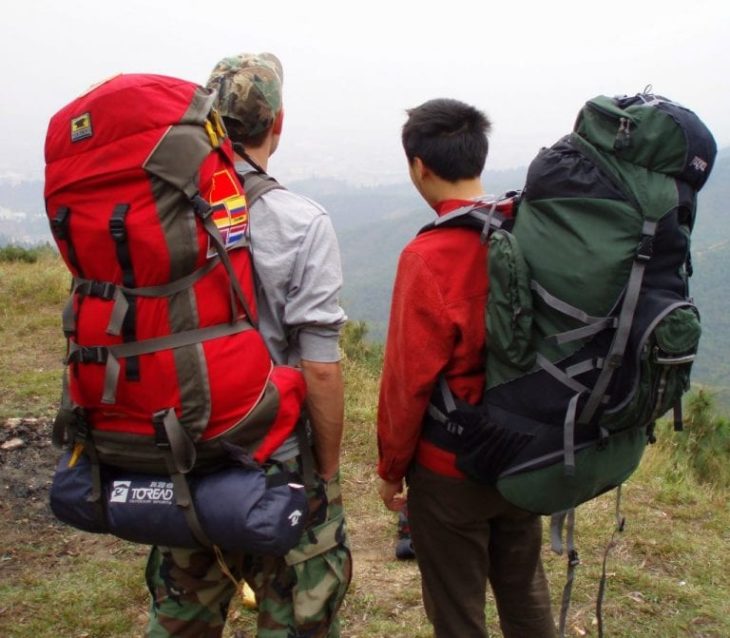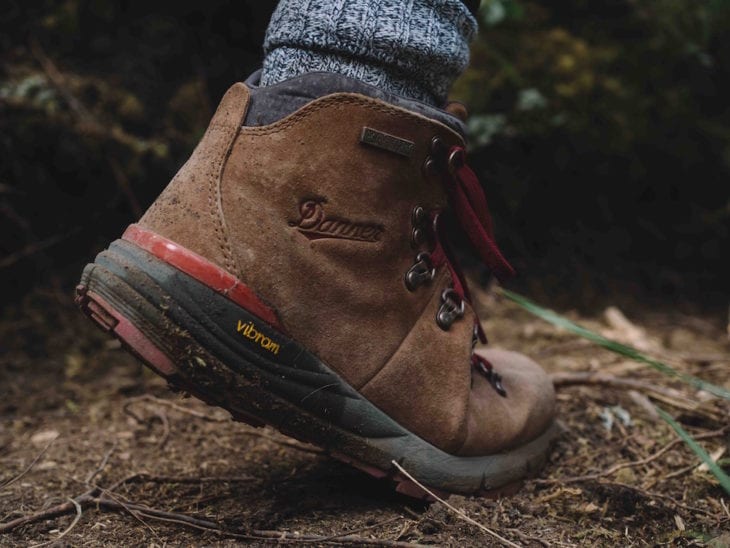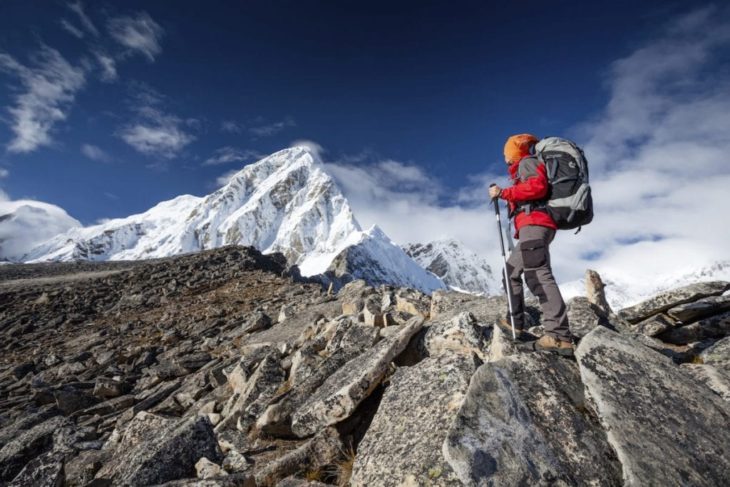Taking a long walk through a thick bush, climbing your way to the top of that mountain, walking in a sandy desert or a simple long walk on the footpath in the countryside is one of the most interesting experiences you just must have as often as possible. In addition to the fact that it is the best way to spend your vacation. Always, it also has an ample contribution to your general health development most importantly your cardiovascular health.
However, to achieve more fun derived from hiking, it also requires a whole lot of strength and body fitness to have an interesting one without injury. Therefore, you must indulge in inadequate training to get yourself fully prepared. In this article, read more about how to get in shape for hiking. Follow this site for more information about hiking tips and guides.
If your intention is to have a few hours walk with your loved ones on a Sunday afternoon through the woods behind your neighborhood, fine, you don’t need any special training just enter your boot and enjoy your trip. But if you intend on a long hike for many days or a backpacking trip you just want to train yourself so you can have an awesome trip even if you think you are in good physical form and shape.
According to FitForTrips.com, training before hiking helps you develop power, speed, control, and balance. Training will also increase your self-confidence and reduce your risk.
Contents
How To Improve My Stamina In Preparation For My First Hiking

Source: Silicon Valley Orthopaedics
One of the major things you must have before embarking on hiking is optimum stamina, and when building stamina three major fitness components must be put into consideration, strength, flexibility, and endurance.
-
Strength
Strength is a component of stamina that can be developed by doing more of cable or free weight exercise using weight machines, you can also do the two if you so wish, unilateral movements like step-ups, a single leg deadlift, kettlebell exercises, yoga and split squats will go a long way in preparing you for uneven rocks and grounds that you will come across during hiking. You can also perform standing exercises such as pull-ups, split squat for muscle recruitment,
-
Endurance
For you to develop your endurance you must be able to maintain your pace for a long period of time this involves multiplying your blood cells to have enough to carry available oxygen to your muscles, in order to achieve this task you need to embark on a regular exercise such as running and walking, they are the easiest exercise to build your endurance, you can do it two times a week and on weekends to start with.
For you to build your endurance you have to beat yourself every time, by this, I mean you do more than your last limit. Increase the number of hours you spend in exercise subsequently.
Taking deep breaths for as many times as possible in a day can help get more oxygen into your lung. Always, this help in training your red blood cells to be able to accommodate more oxygen molecule. In fact, by this, you will avoid fatigue and it helps you push up your trail.
-
Flexibility
Flexibility exercise help stretch your muscles and assist your body to stay flexible. As a matter of fact, this improves your stamina during hiking. Furthermore, flexibility gives you freedom of movement to avoid rocks elevations and depressions during hiking.
Stretching or flexibility exercises should be done as often as possible. Moreover, make sure you take it slowly and smoothly when stretching to avoid tear. At first, do what your muscle can take at a particular point. More importantly, don’t overdo it. In fact, the more often you carry outstretching the easier it gets for you.
Flexibility exercise includes yoga, pilates, forward bend, and stretches.
How to prepare your body for hiking

Source: choosebackpacks
Preparing your body for hiking involves building your lower limb muscles, improve proprioception and balance to help your body assume its position in space, this ensures coordination and agility when you are landing on uneven surfaces or stepping over logs.
The following three-month exercise will prepare you physically for your next hiking as a hobby.
One foot balancing
As many times as possible in a day, stand upright with your two feet on a solid level surface, then lift off your foot a few centimeters above the surface, maintain this position for a few minutes, then switch legs and repeat the same process, you can do the same thing on a soft surface for a more tasking exercise, you can strength out your hand to maintain balance
Backstep balancing
Stand upright on level ground with your two feet together, take one long step backward and keep your torso upright, then using your core muscles, slowly and steadily bring your other foot back to meet up with the first one and make sure your balance is maintained.
Jump and lunges
stand on a level solid surface, the squat such that your thighs become parallel with the ground, keep your back straight and your chest up, your knees over your toes and your feet flat. Then lunge through your heels and land forward yet maintaining the squatting position, land softly, and repeat the process immediately and continuously for one minute. This strengthens your core.
Do the above exercise every day for three months before your hike, and have your limbs ready for the challenge.
How To Improve My Lung Capacity For My First Hiking

Source: The Adventure Lab
Cardiovascular and lung exercise is also a critical component of training in preparation for hiking.
For beginner biking, running, swimming, walking are adequate activities to improve your lung capacity.
Lung Institute defined lung capacity as the amount of air your body can use, the amount your body can use can be increased by adequate exercises.
with the following three ways, you can improve your lung capacity
-
Improve your lung tolerance
If you improve your lung tolerance it will increase your lung capacity for hiking, give you better stamina and strong muscle. To achieve this engage in long workouts for about three times a week. According to experts, this will increase your lung capacity by about 15%.
-
Practice breathing exercise
Engage in simple but impactful breathing exercises to help increase your hiking lung capacity by stimulating the Parasympathetic Nervous System that brings about a peaceful and calm feeling to your body. Your body takes in more oxygen when it is relaxed.
-
Do more of shoulders stretches
Create room for breath by stretching during exercise to release tightness in your chest, shoulders, and side body. A few simple stretches will help to expand the muscles of your diaphragm and ribcage.

Source: theadventurejunkies
Conclusion
Slow and steady win the race, they say. Consistency is the key to achieve anything. Follow all the procedures highlighted in this article with diligence and consistency and see yourself have maximum fun in your next hike.
If you want to learn even more about hiking, check out HikingDiary.
